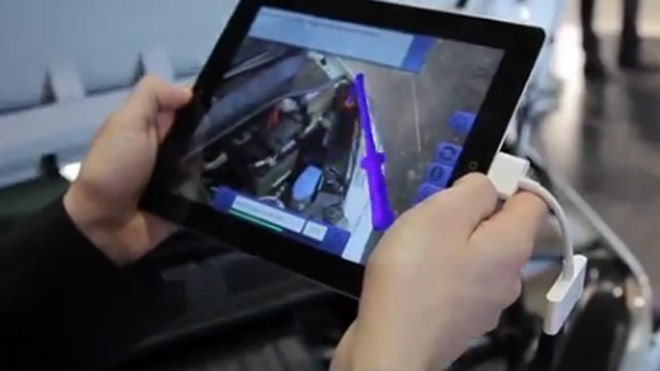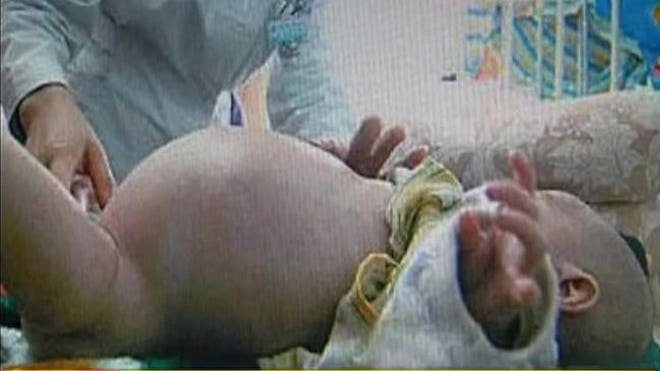STUDY: Knocking wood, throwing salt over shoulder 'can reverse bad luck'... -

SUPERSTITIOUS people may have been right all along as knocking on wood really could protect you against bad luck, scientists claim.
Those who perform long-held rituals such as throwing salt over their shoulder are less likely to worry about ill-fortune, according to researchers from the University of Chicago Booth School of Business.
Superstitions reverse perceived bad fortune by making participants believe ill-fortune was less likely to happen.
Professor Jane Risen, of Chicago University, said knocking on wood seems to create the sense bad luck is being pushed away.
The study published in the Journal of Experimental Psychology said: "General said knocking on wood is the most common superstition in Western culture used to reverse bad fortune or undo a "jinx."
Other cultures maintain similar practices - like spitting or throwing salt - after someone has tempted fate.
Even people who aren't particularly superstitious often participate in these practices.
People believe that negative outcomes are especially likely after a jinx.
If someone says “no one I know will ever get into a car accident” it often feels a crash is likely to occur.
But people's elevated concerns after tempting fate can be eliminated if they engage in a ritual to undo that bad luck.
Read more -

SUPERSTITIOUS people may have been right all along as knocking on wood really could protect you against bad luck, scientists claim.
Those who perform long-held rituals such as throwing salt over their shoulder are less likely to worry about ill-fortune, according to researchers from the University of Chicago Booth School of Business.
Superstitions reverse perceived bad fortune by making participants believe ill-fortune was less likely to happen.
Professor Jane Risen, of Chicago University, said knocking on wood seems to create the sense bad luck is being pushed away.
The study published in the Journal of Experimental Psychology said: "General said knocking on wood is the most common superstition in Western culture used to reverse bad fortune or undo a "jinx."
Other cultures maintain similar practices - like spitting or throwing salt - after someone has tempted fate.
Even people who aren't particularly superstitious often participate in these practices.
People believe that negative outcomes are especially likely after a jinx.
If someone says “no one I know will ever get into a car accident” it often feels a crash is likely to occur.
But people's elevated concerns after tempting fate can be eliminated if they engage in a ritual to undo that bad luck.
Read more -






